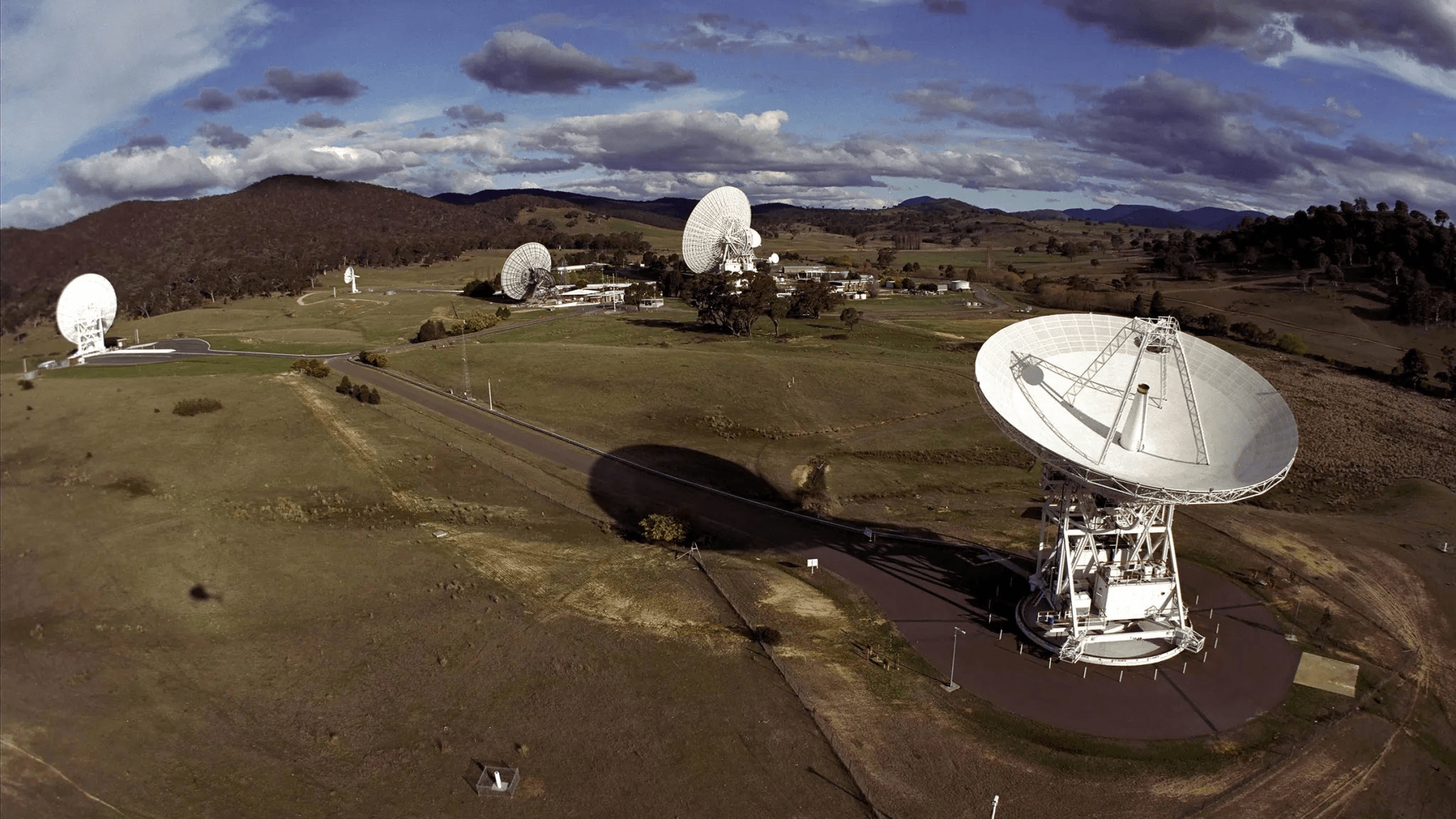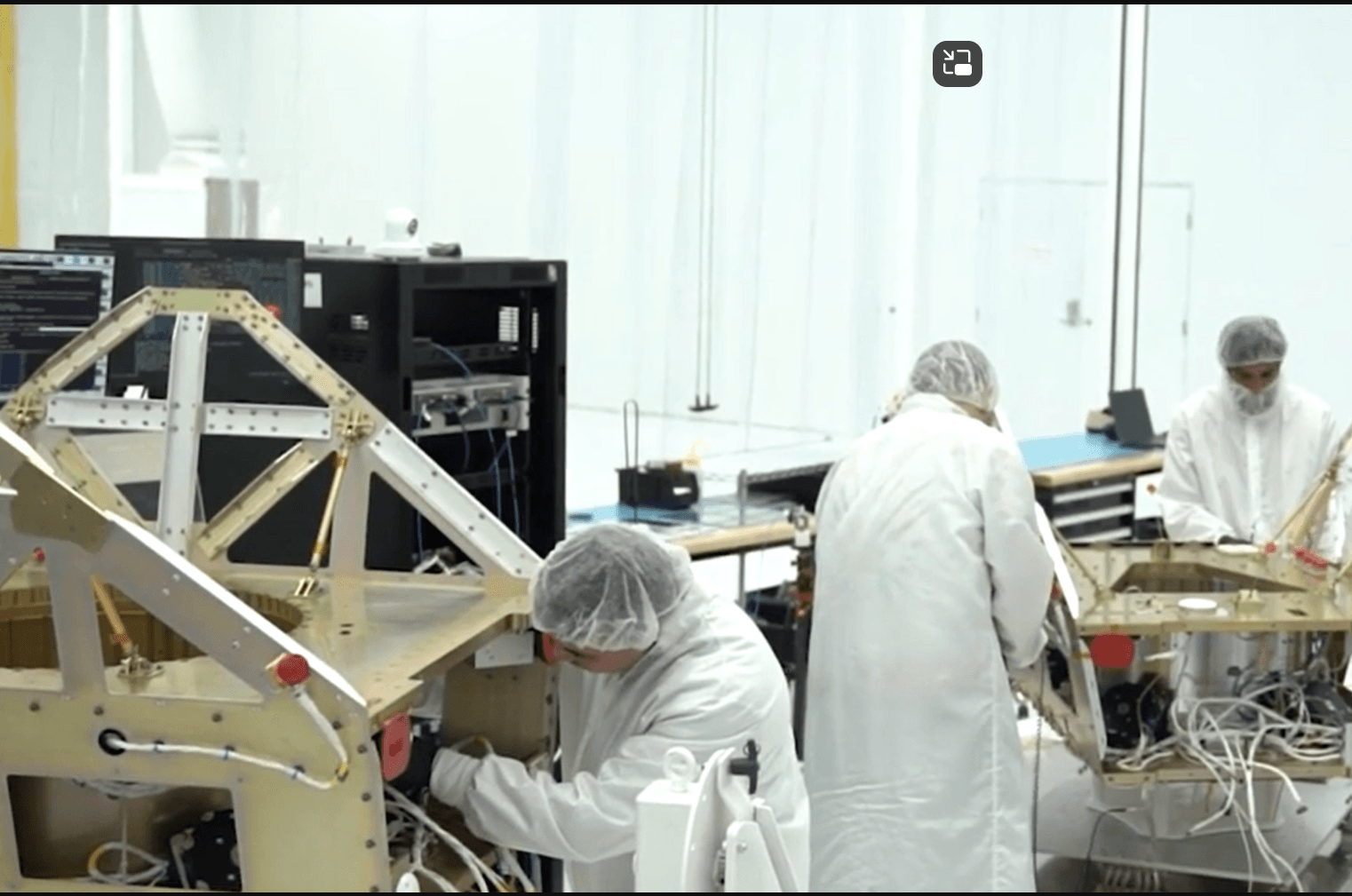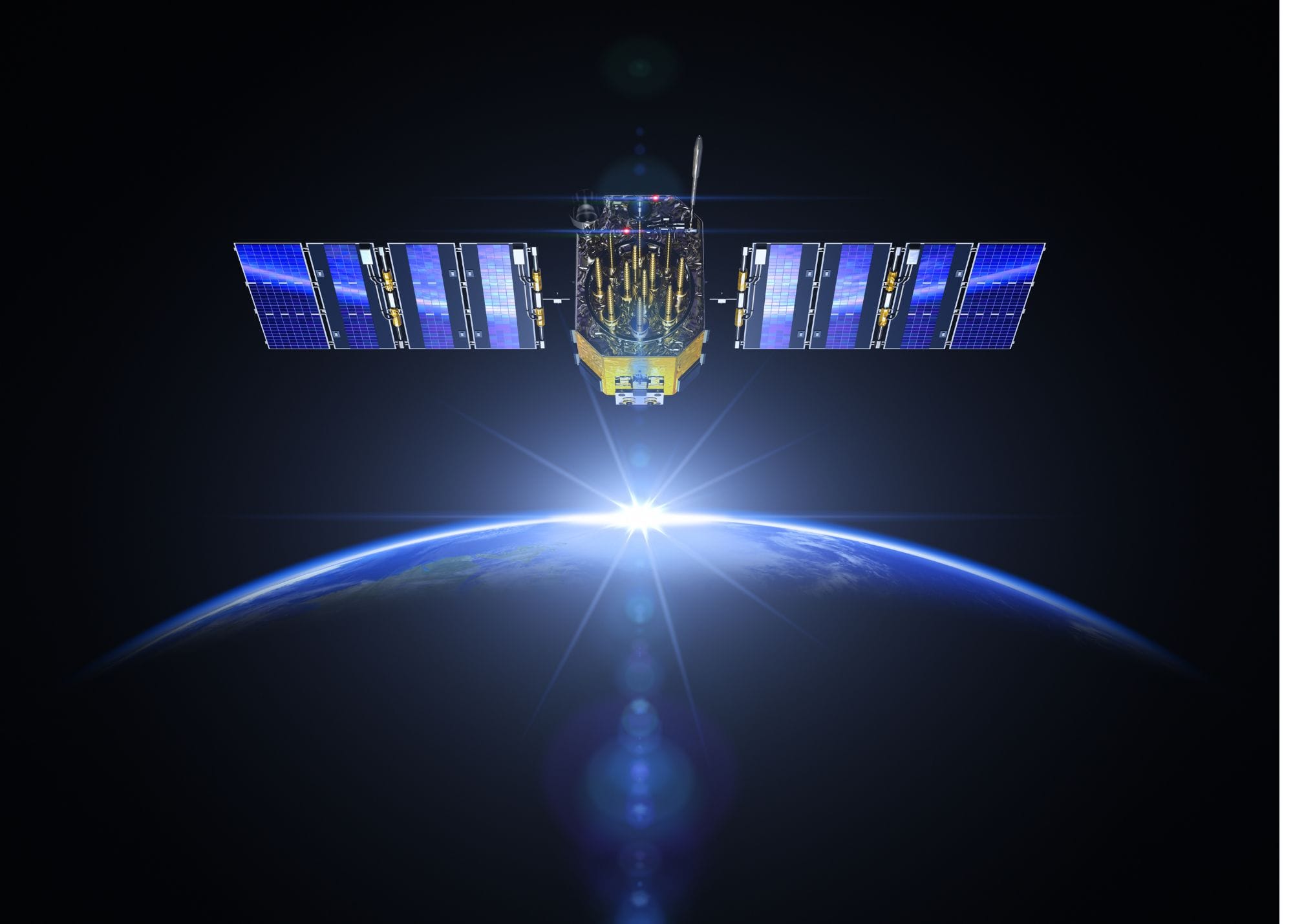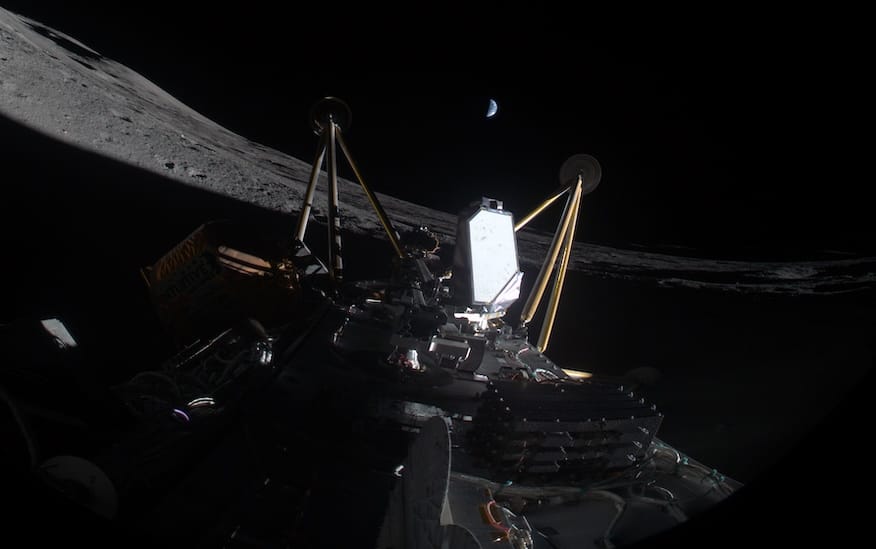The race to dominate the satellite internet industry is intensifying, with Elon Musk’s Starlink facing formidable challenges from China’s state-backed SpaceSail and Amazon’s Project Kuiper. This competition carries significant economic, geopolitical, and technological implications, as nations and corporations vie for control over global communications infrastructure.
Table of Contents
ToggleIntroduction
Satellite internet has emerged as a pivotal technology, bridging connectivity gaps in remote regions and serving as a backbone for critical communications. Starlink, operated by SpaceX, has been a frontrunner in this domain, deploying a vast constellation of low-Earth orbit (LEO) satellites to deliver high-speed internet globally. However, the landscape is rapidly evolving. China’s SpaceSail and Amazon’s Project Kuiper are accelerating their efforts, aiming to challenge Starlink’s supremacy. This burgeoning competition is reshaping the satellite internet sector, influencing global connectivity strategies, and raising questions about data sovereignty and security.
The Players in the Race
A. Starlink: Elon Musk’s Satellite Internet Vision
Starlink, a venture by Elon Musk’s SpaceX, aims to provide high-speed internet access across the globe, particularly targeting underserved areas. Since its inception, Starlink has launched thousands of LEO satellites, establishing a substantial presence in the satellite internet market. The service boasts low latency and high data speeds, making it a viable alternative to traditional broadband, especially in remote locations. Starlink’s aggressive deployment strategy has enabled it to amass a considerable user base, with plans for further expansion and enhancement of its satellite constellation.
B. China’s SpaceSail and State-Backed Competition
China has entered the satellite internet arena with SpaceSail, a state-backed initiative designed to rival Starlink. In November 2024, SpaceSail signed agreements to provide services in Brazil and commenced operations in Kazakhstan two months later. The company plans to deploy 648 LEO satellites by the end of 2025, with an ambitious goal of expanding to over 15,000 satellites by 2030. This rapid development is part of China’s broader strategy to enhance its global communications infrastructure and reduce reliance on foreign technology. The Chinese government is heavily investing in LEO satellite technology, viewing it as a means to extend internet coverage to remote areas and bolster disaster recovery capabilities. However, this expansion has raised concerns among Western analysts about potential implications for internet censorship and data security, particularly in developing regions.
C. Amazon’s Project Kuiper and Other Contenders
Amazon’s Project Kuiper represents another significant entrant in the satellite internet sector. With plans to deploy a constellation of 3,236 satellites in LEO, Project Kuiper aims to deliver high-speed broadband to unserved and underserved communities worldwide. Amazon has committed over $10 billion to this initiative, reflecting its strategic importance to the company’s future growth. The project is currently in the development phase, with prototype satellites launched in late 2023 and plans to commence commercial services in the near future. Additionally, other players like Canada’s Telesat and the European Union’s Iris² project are making strides to establish their presence in the satellite internet domain, further intensifying the competition.
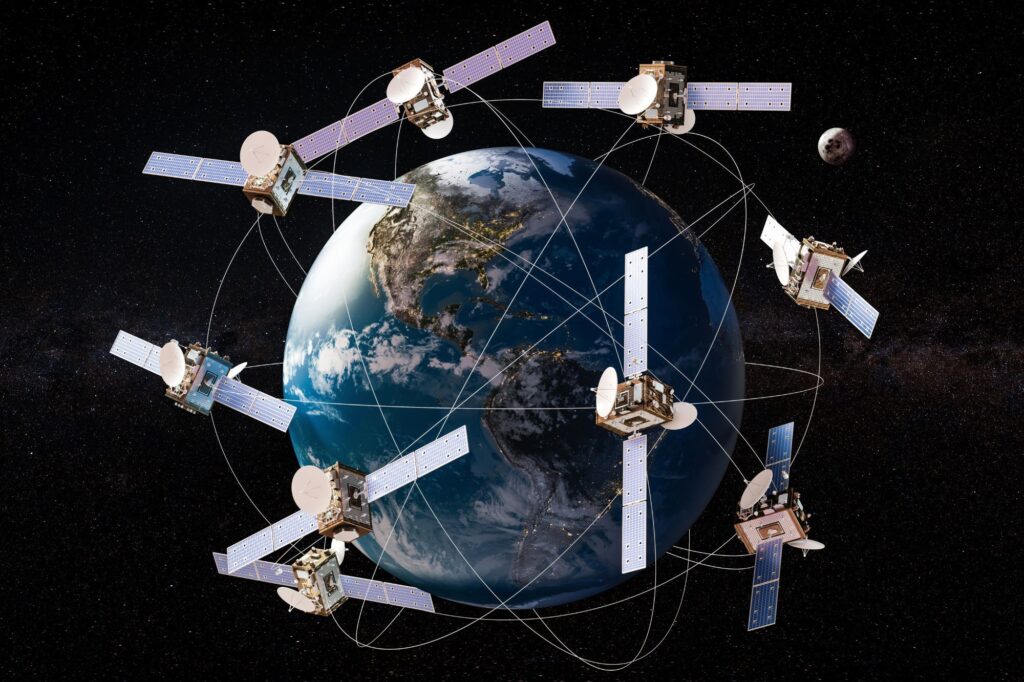
The Geopolitical and Economic Implications
A. Strategic Importance of Satellite Internet
Satellite internet systems are more than just commercial ventures; they are strategic assets that influence global communications, economic development, and national security. These networks provide critical infrastructure for disaster response, military operations, and connectivity in remote regions where terrestrial internet is unavailable. The ability to control and operate a global satellite internet constellation offers significant geopolitical leverage, enabling nations to project influence and secure their communications against external threats.
B. The U.S.-China Tech Rivalry
The emergence of China’s SpaceSail as a competitor to Starlink underscores the broader technological rivalry between the U.S. and China. China’s investment in LEO satellites is partly driven by concerns over Starlink’s dominance and the desire to establish an independent, sovereign internet infrastructure. Western policymakers express apprehension that China’s global satellite network could extend its internet censorship practices to other countries, particularly in the Global South. This development prompts discussions about the need for international regulations and alliances to ensure a free and open internet, as well as strategies to counterbalance China’s growing influence in space-based communications.
The Battle for Market Dominance
A. Regulatory and Policy Challenges
The global expansion of satellite internet services faces significant regulatory and policy hurdles. Providers like Starlink, SpaceSail, and Project Kuiper must navigate complex international regulations, spectrum allocation issues, and national policies that can either facilitate or hinder their operations.
In Brazil, the government is actively seeking to diversify its satellite internet providers to reduce reliance on a single entity. Negotiations are underway with SpaceSail and Project Kuiper to expand services, aiming to enhance coverage in remote regions and maintain national sovereignty over internet infrastructure. This move reflects a broader trend of countries reassessing their dependencies on foreign technology providers.
Vietnam presents another example of regulatory evolution. The Vietnamese government plans to allow Starlink to provide satellite internet services with full ownership of any local subsidiary. This policy shift is seen as an “olive branch” amid concerns about potential U.S. tariffs, indicating how geopolitical considerations can influence regulatory decisions.
Spectrum allocation remains a critical challenge. The finite nature of radio frequencies necessitates careful management to prevent interference between satellite networks and existing terrestrial services. International coordination is essential to establish clear guidelines and prevent conflicts, but achieving consensus among nations with varying interests can be arduous.
B. Innovation and Technological Advancements
The satellite internet industry is witnessing rapid technological advancements aimed at improving service quality and expanding coverage. Companies are investing heavily in research and development to enhance satellite capabilities and ground infrastructure.
Eutelsat, a French satellite service provider, recently conducted the world’s first successful trial of a 5G Non-Terrestrial Network (NTN) connection using low Earth orbit (LEO) satellites. This achievement signifies a major step toward integrating satellite networks with terrestrial 5G infrastructure, potentially reducing internet access costs and expanding broadband availability for 5G devices.
SpaceX’s Starlink continues to innovate by exploring new applications for its technology. The company plans to deploy Starlink terminals to enhance the U.S. Federal Aviation Administration’s national airspace system, aiming to upgrade the existing network infrastructure and improve data transmission speeds.
China’s SpaceSail is also making strides, with plans to deploy 648 LEO satellites by the end of 2025 and an ambitious goal of over 15,000 satellites by 2030. This rapid expansion underscores China’s commitment to becoming a major player in the global satellite internet market.
What’s Next? The Future of Satellite Internet
The satellite internet sector is poised for significant growth and transformation in the coming years. Several key trends are likely to shape its future trajectory:
- Increased Competition: As more players enter the market, competition will intensify, leading to improved services and potentially lower costs for consumers.
- Technological Integration: The convergence of satellite and terrestrial networks, exemplified by successful 5G NTN trials, will offer seamless connectivity and enhance user experiences.
- Regulatory Evolution: Governments will continue to adapt policies to balance national interests with the benefits of global connectivity, influencing the operational strategies of satellite internet providers.
- Geopolitical Dynamics: The strategic importance of satellite internet will prompt nations to invest in indigenous capabilities, potentially leading to a more fragmented global network landscape.
Conclusion
The race for supremacy in the satellite internet industry is reshaping global communications. Pioneers like Starlink are now contending with formidable challengers such as China’s SpaceSail and Amazon’s Project Kuiper. This competition is driving innovation, influencing regulatory frameworks, and redefining geopolitical alliances. As the landscape evolves, stakeholders must navigate complex technological, policy, and strategic considerations to harness the full potential of satellite internet while safeguarding national interests and promoting global connectivity.







